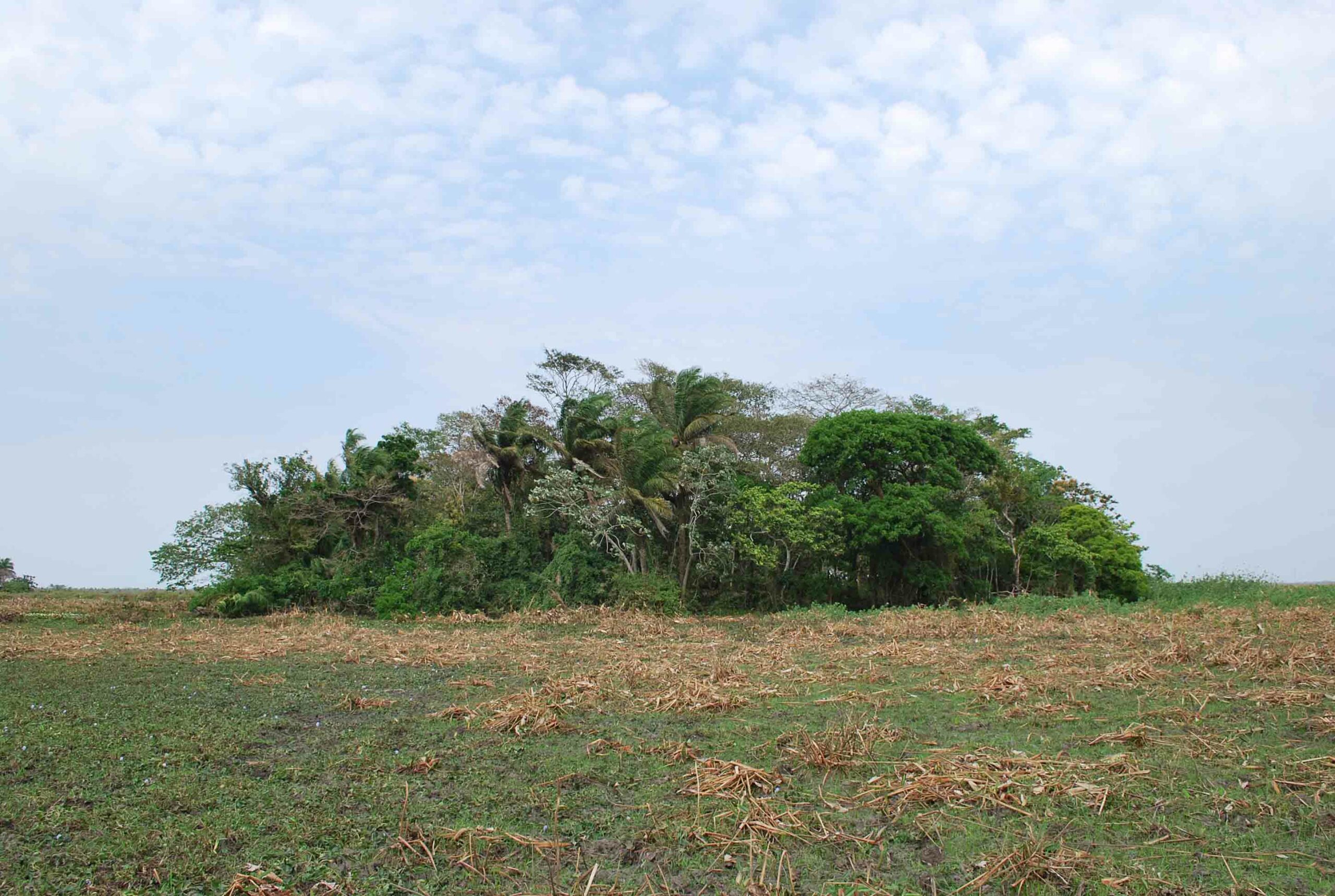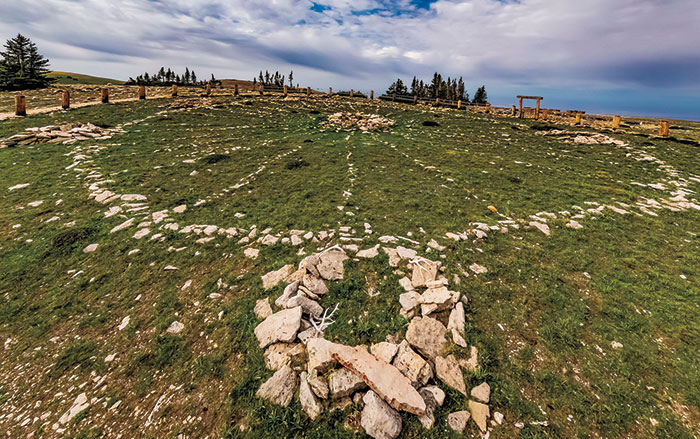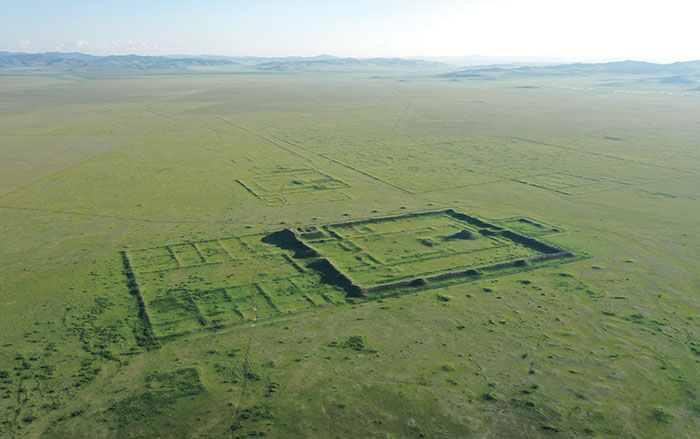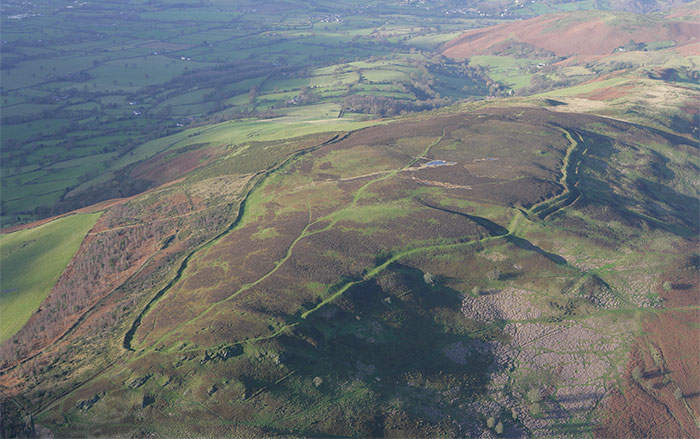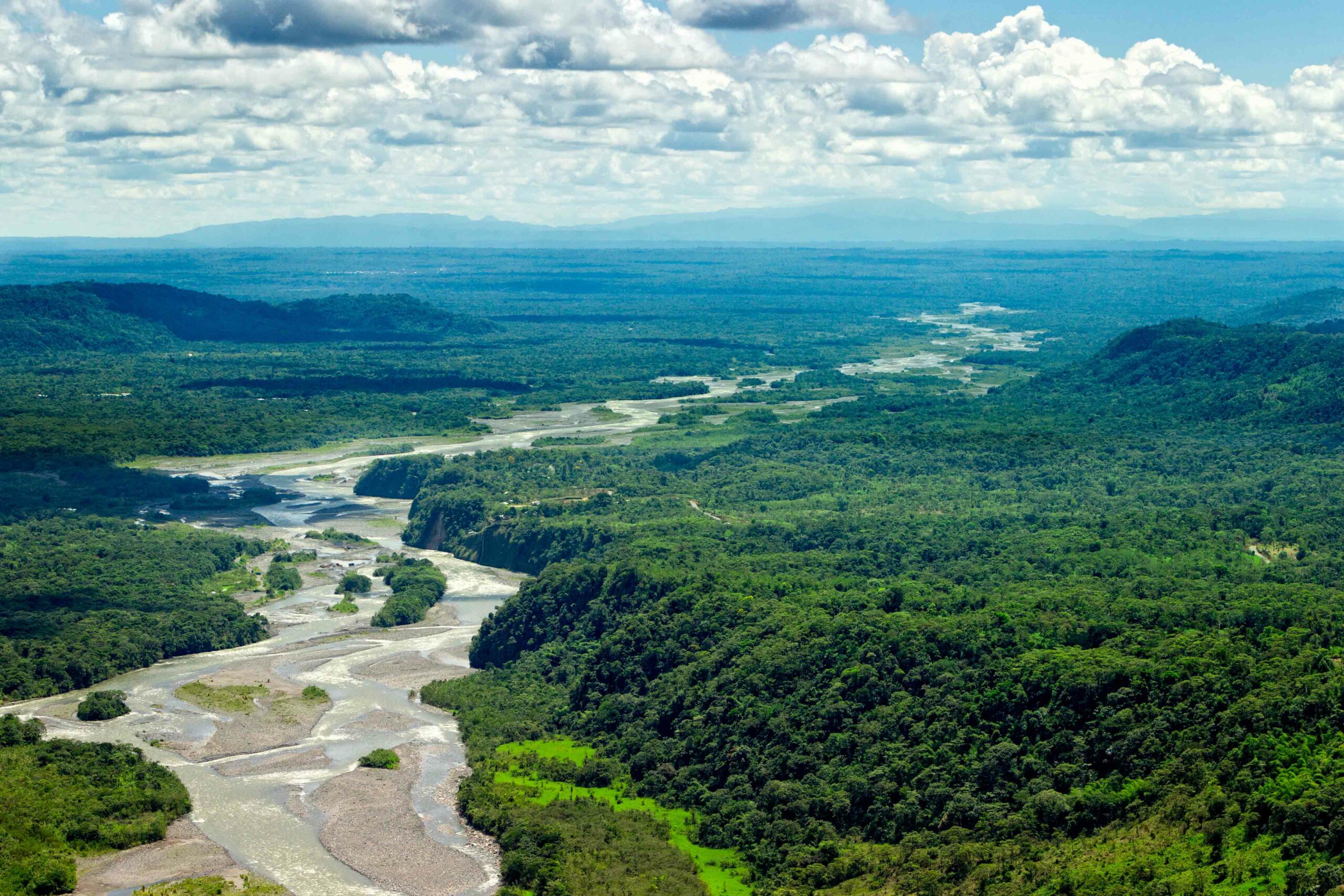
LARAMIE, WYOMING—Population growth has long been attributed to the rise of agriculture, but a new study led by Jabran Zahid of the Harvard-Smithsonian Center for Astrophysics suggests that other factors may have been in play. The researchers analyzed radiocarbon dates from charcoal hearths at hunter-gatherer archaeological sites in Wyoming and Colorado, and found a long-term annual growth rate of 0.041 percent, consistent with the growth rate in European farmers’ societies during the same time period. “The same rate of growth measured for population dwelling in a range of environments, and practicing a variety of subsistence strategies, suggests that the global climate and/or other biological factors—not adaptability to local environment or subsistent practices—regulated long-term growth of the human population for most of the past 12,000 years,” researcher Robert Kelly of the University of Wyoming said in a press release. To read more about modeling of population growth, go to "Big Data, Big Cities."


